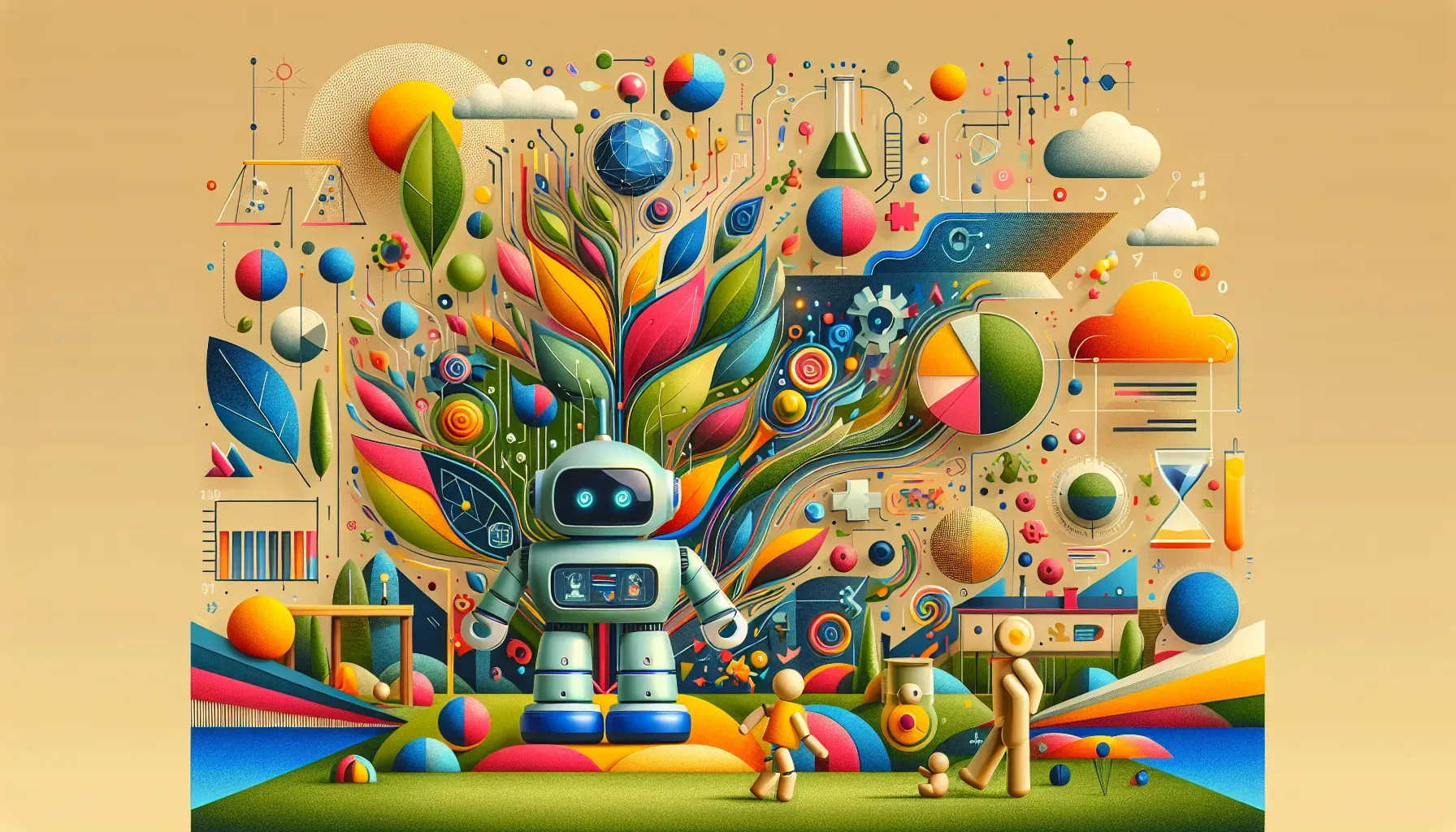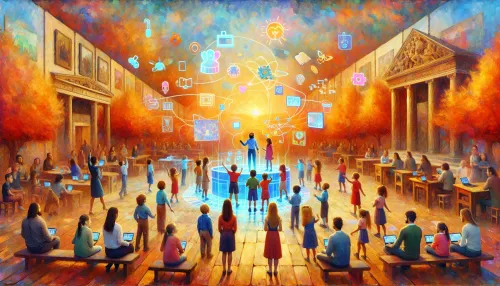Breaking New Ground: Next-Generation Robotics for Autistic Children’s Therapy

In recent years, the intersection of technology and healthcare has paved new avenues for therapy for children with autism. Here at HorizonsMind Blog, we're taking a closer look at how next-generation robotics are not just an intriguing concept, but a reality that's making waves in therapy practices for autistic children.
The advent of robotic companions has heralded a new era in therapeutic aid for autistic children. These robots serve as personalized therapy tools, engaging children in a way that is non-threatening and consistent. Unlike human interactions that can often be unpredictable, robots provide a stable environment conducive to learning and communication. Looking beyond their novelty, these companions are programmed to recognize and respond to individual children's needs, aiding their development in ways that were once thought implausible.
How do robotic companions support communication?
Autism spectrum disorder (ASD) therapy has long relied on Applied Behavior Analysis (ABA) as a cornerstone technique. However, integrating robotics into traditional ABA approaches is revolutionizing the field. At HorizonsMind Blog, we've seen therapists incorporate robot-assisted exercises that make sessions more engaging and allow for precise data collection and analysis. This symbiosis of technology and traditional therapy ushers in a tailored approach wherein each session is optimized for the child's unique learning curve.
Integrating Robotics with Applied Behavior Analysis (ABA)
For many autistic children, honing motor skills and social interactions comes through play. Robots designed specifically for occupational therapy can turn repetitive drills into enjoyable activities. This innovation taps into the intrinsic motivation of play to foster skill development – from fine motor coordination to social cues recognition. By gamifying these fundamental tasks, robotic assistants are redefining therapeutic playtime, keeping children engaged and motivated to reach new milestones.
Related Article: Wearable Tech Advancements: Empowering Autistic Children with Innovative Therapeutic Interventions
What are the benefits of robot-assisted ABA?
The transformation from a prototype developed in a tech lab to an effective therapy tool in the playroom is nothing short of remarkable. The HorizonsMind Blog audience will appreciate that behind every effective therapeutic robot is countless hours of research, testing, and refinement. Engineers and therapists work hand-in-hand to ensure these robots meet the real-world demands of therapy sessions while maintaining child-friendliness and durability – key attributes for success in any playroom.
How do robots make play therapeutic?
Emotion recognition can be challenging for autistic children. Robots, with their ability to display or interpret emotions consistently, offer valuable training tools. Using advanced facial recognition software and interactive scenarios, robots guide children through the complexities of emotional interaction, teaching them how to read cues and respond appropriately. As robotics technology advances, so too does its capacity to assist in this vital area of development.
The Journey of Therapy Robot Prototypes
One of the most significant benefits of integrating robotics into autism therapy is the ability to quantify progress objectively. Metrics captured by sensors and software grant therapists insight into the effectiveness of interventions. For instance, they can monitor how often a child engages with the robot or track improvements in task completion speed. This data-driven approach enables fine-tuning of therapies for maximized outcomes personalized to each child's journey.
Emotion Recognition Training for Autistic Children
Developing robots suitable for autism therapy requires more than just technical programming; it involves embedding the machine with an understanding of ASD nuances. Developers focus on programming empathy – crafting algorithms that enable robots to react attentively to a range of behaviors exhibited by autistic children. This complex blend of engineering and psychology aims to create robots that can adapt responsively during interactions.
Can robots help children understand emotions?
The one-size-fits-all paradigm does not apply when it comes to autism therapy – every child's needs are unique. Recognizing this fact, developers are creating robots with customizable features that therapists can adjust according to individual therapeutic requirements. From modifying sensor sensitivity to tweaking engagement techniques, customization ensures that the robotic solutions provided truly align with each child's developmental plan.
How can robotics quantify therapy progress?
As revolutionary as robotics in therapy might be, ethical considerations must guide their application. The HorizonsMind Blog community understands that assisting life with technology necessitates an examination of areas such as dependency risks, privacy concerns relating to data collection, and ensuring equitable access regardless of socioeconomic status. All stakeholders – educators, developers, parents – must collaborate steadfastly to ensure these innovative tools benefit autistic children without compromising their individuality or dignity.
Related Article: Data-Driven Parenting: Leveraging Technology for Informed Decision-Making in Autism Care
Programming Empathy in Therapy Robots
In conclusion, as we navigate this exciting juncture where technology meets therapy for autistic children, the emergence of next-generation robotics offers promising enhancements in communication therapies and occupational therapies alike. From research labs to real-world application, these advanced tools reaffirm our commitment here at HorizonsMind Blog – to explore breakthroughs that open up new horizons for those on the autism spectrum.
Frequently Asked Questions
Robotic companions serve as personalized therapy tools that engage autistic children in a non-threatening and consistent manner. They provide a stable environment conducive to learning and communication, recognizing and responding to individual needs, thereby aiding development in ways previously thought impossible.
Integrating robotics into traditional ABA therapy enhances engagement and allows for precise data collection. Robot-assisted exercises make therapy sessions more interactive, optimizing each session to align with the child's unique learning curve, thus revolutionizing the approach to autism treatment.
Yes, robots can assist autistic children in navigating emotions by using advanced facial recognition software and interactive scenarios. They provide valuable training tools that help children learn to read emotional cues and respond appropriately, enhancing their social interactions.
Check Out These Related Articles

Virtual Reality (VR) Revolution: Transformative Impact on Social Skills Development for Autistic Children

Telehealth Services for Autism: Accessible Support Solutions for Remote Communities

Embracing Augmented Reality: A New Dimension in Autism Education
